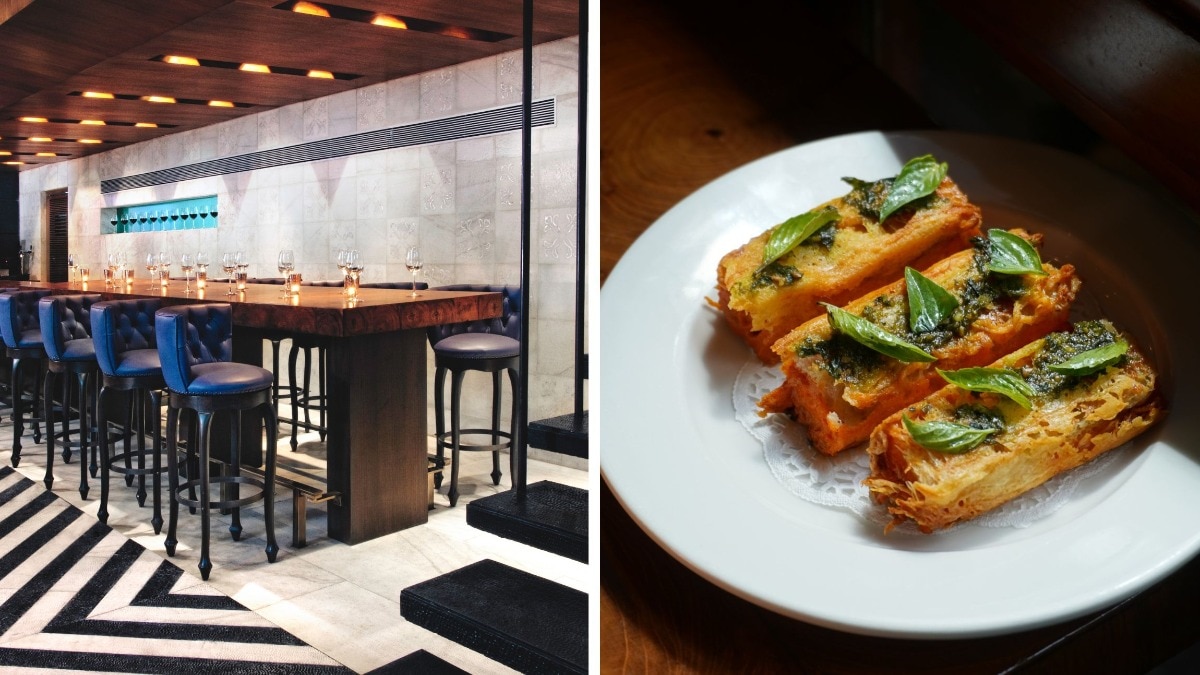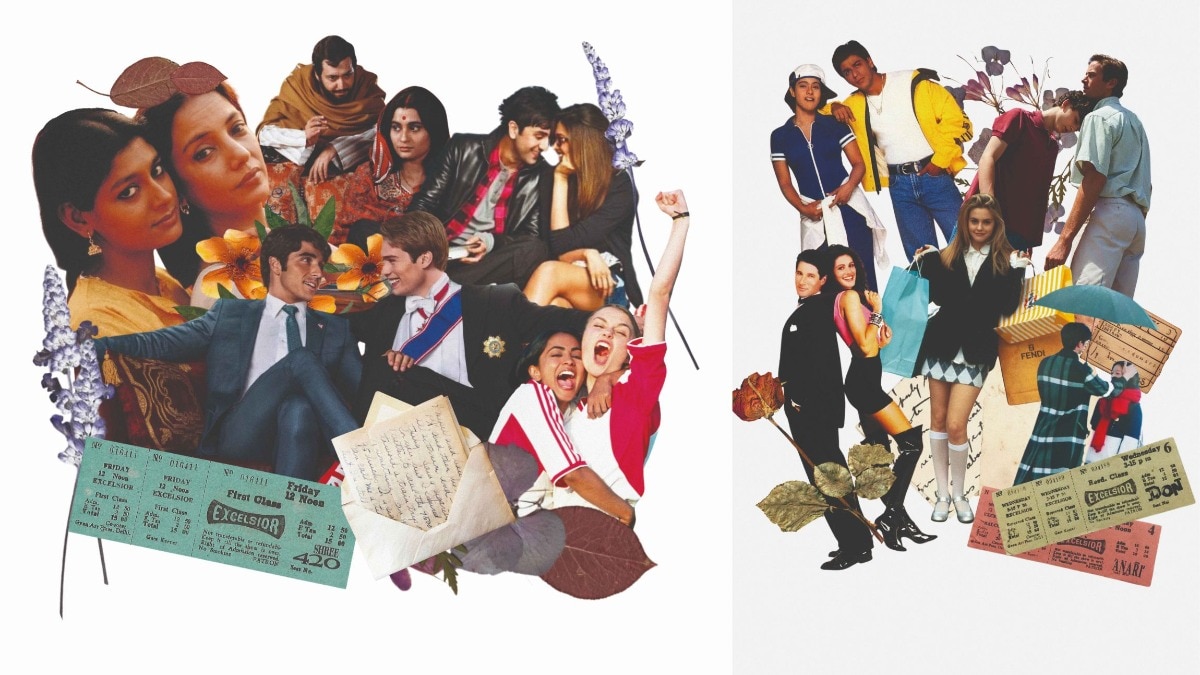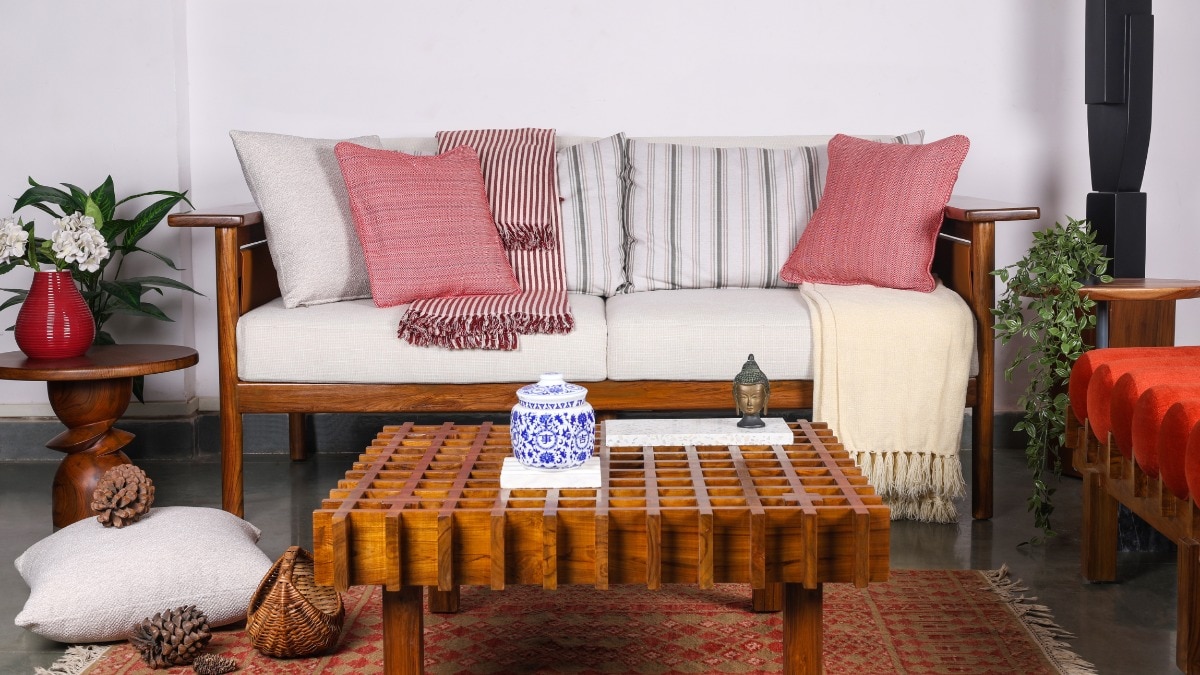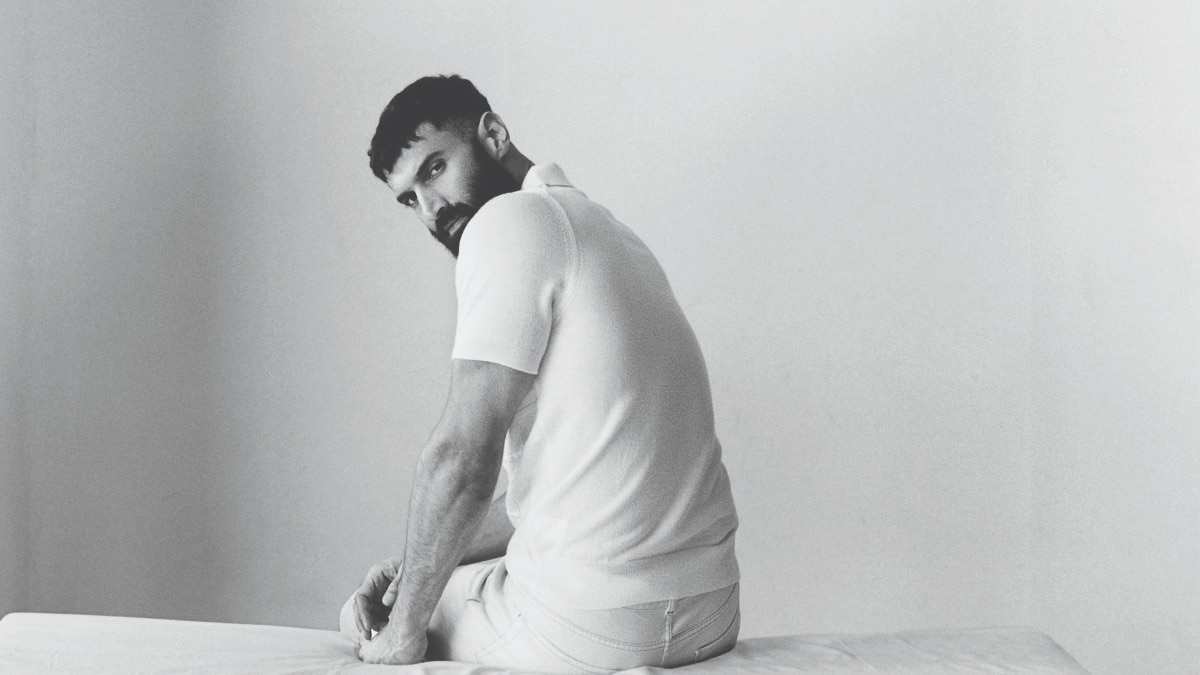This Kashmiri chef is bringing a taste of the region’s rich culinary traditions to Mumbai
Chef Vanika Choudhary talks about her earliest memories of food, the inspiration behind her two restaurants, and more.

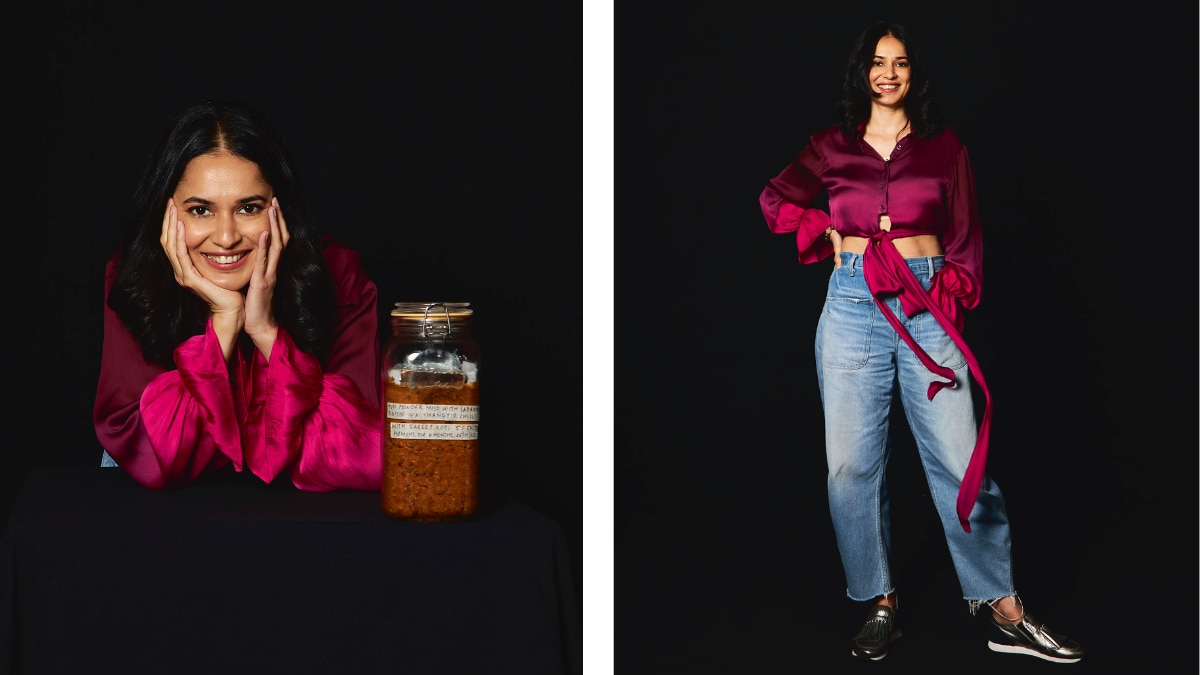
Hyper-regional cuisines, seasonal ingredients, and age-old techniques like foraging and fermentation are making their presence felt in the culinary landscape, with fine-dining restaurants and even casual cafés across the country highlighting these on their menus. Two Mumbai-based spots—Sequel and Noon are on this list, too. The restaurants, one a casual farm-to-table café with a focus on seasonal, local produce and another, a restaurant in BKC that spotlights Kashmiri and Ladakhi food, are helmed by chef Vanika Choudhary.
In an exclusive conversation with Bazaar India, Choudhary talks about the inspiration behind the menus at Noon and Sequel, the dishes she likes to cook at home, and future plans for her two restaurants.
Harper’s Bazaar India: What are some of the dishes you like to cook at home?
Chef Vanika Choudhary: There are several dishes I love cooking for my family and four-year-old son. My cooking philosophy revolves around the language of food, sharing, and passing on stories that connect me to my heritage. So much about my journey has also been centred around incorporating new cuisines and flavours that I've learned along the way and am further adapting them. One of my favourite recipes is gucchi (wild morels) pulao, which holds a special place in my heart as it originates from my home region and is a dish that I've enjoyed since childhood. It is a Kashmiri recipe that undergoes slight adaptations in every household, and has been passed down through generations. Rajma chawal is another family favourite; the dish consists of red kidney beans and rice, and is a staple meal in the Jammu region. It's best enjoyed with an assortment of pickles. In keeping with dishes that nourish, I also love putting together a bowl of ramen or handmade soba noodles and then adding various ferments from my pantry.
HB: What are your earliest memories of food?
VC: My favourite food-focused memories are based on scenes that I observed and absorbed while growing up. I can vividly remember my dad's sense of dedication towards growing his own produce and tending to the fruits and vegetables that he used to grow. He had such a deep understanding of where the produce came from. I was young and didn't fully appreciate these processes at the time, but they filtered through me and have shaped me into the chef I am today.
I also remember my naani (maternal grandmother) making as many as 30 different varieties of pickles throughout the year, almost as a way of tracking the seasons. The process of creating each ferment was rigorous. I would join her in making a lotus root pickle: we would start by picking the freshly-harvested lotus root from the Dal lake followed by washing and sun-drying them. We'd hand pound the spices in a mortar pestle, add cold-pressed mustard oil, sun-dry them, and prep them into earthen pots before tucking them away for three to four weeks in the autumn sun. Every day, we would leave them out in the sun during the day and shake them and put them back in the shade under a shed in the evening, repeating the process over and over.
HB: What is the inspiration behind the names of both your restaurants—why Sequel and Noon?
VC: Sequel was a name chosen by my friend and creative director Salil Awchat, who was working on our branding at the time. He came up with the name, and I wasn't sure at first. But after delving into the meaning, it became clear that my corporate career was the first part of my life, and the world of hospitality signifies my present.
As for Noon, which directly translates to mean 'salt' in Kashmir, it is the flavour that makes everything taste better and plays a fundamental role in fermentation. It is related to the power of alchemy and the magic that can come from something as simple as air or salt over time. The second meaning derives from my love of noon chai—a salty pink drink from back home.
HB: Where do you find inspiration for your menus for? Is your approach ingredient-first or dish-first?
VC: My approach is ingredient-led as opposed to the other way round. I piece together the ingredients I have in mind and from there I can begin to develop this and form a dish. My inspiration comes predominately from the communities we foster—spending time with women with so much knowledge and rich cultural heritage in rural areas is what drives me, especially in areas like Ladakh or back home. My travels across the world are also a huge source of inspiration, and along the way I've met some incredible chefs.
HB: What should we order at Sequel and Noon?
VC: At Sequel you’ve got to try the ghee roast finger millet dosa with coconut and peanut chutney, charred oyster mushrooms, curry leaf podi, and pea shoots.
Noon runs as a tasting menu format, so I’d recommend booking in for the full experience (five-course and ten-course menus are available) and opting for the cocktail pairing. The Kashmiri saffron kahwah cocktail made using saffron and cardamom is one of my favourites. While conceptualising Noon I would drink a lot of this tea, so it’s an ode to the restaurant's beginnings.
HB: What does the future look like for Noon and Sequel—any exciting plans in the offing?
VC: Following my trip to Cenci in Kyoto, they will be here for a three-part residency between September 28 and 30. We plan to continue this residency programme throughout 2024 and beyond, bringing some of the best chefs from all over the world to Noon. And for Sequel, we’ve got some exciting new plans for a retail range.
On chef Vanika Choudhary: Shirt: Aroka; Denims: Chef’s own
Photographed by: Sana Chhabra
Styled by: Natasha Hemani and Kavya Shah
Hair and makeup by: The Hair Bar, Aayushi Parekh, Harry
Assisted by: Anushka Sharma, Anoushka Shah, Anushi Shah
Photo assistant: Tarun Amarnani


